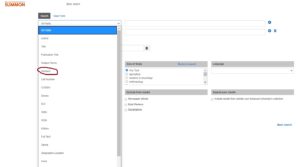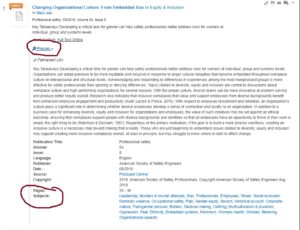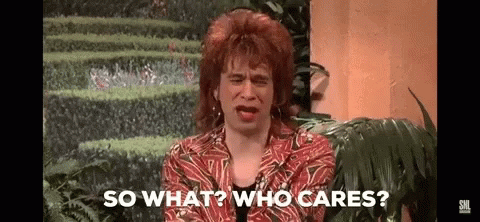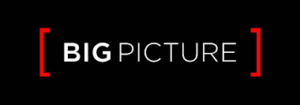What question is guiding your research? (What do you want your research to understand?)
I am using my research to help figure out the reasoning behind the lack of representation of women in STEM, more specifically in finance. STEM and finance have always had a dominant male presence, and I would like to understand that although more women are getting STEM-related degrees than ever, why there is still a lack of representation. By researching both the biological and social reasons for this issue, I will be able to better comprehend the problem.
Why this question? (Help us understand how it connects to your career/personal interests)
I am interested in researching more about women’s lack of representation in finance because, in a world where equity is becoming more critical as each day passes, I think it will impact my career. Also, a woman majoring in finance and accounting, I believe that it is beneficial to understand how to bring more representation to the industry. Even now, I am beginning to see this topic appear. I can see it even this year, as I am the only female in this class year to enter into the OVF program at Whitman.
How will your professional/internship/organizational/course work inform your inquiry? (What connections can you see with the work that you are a part of in the world beyond the course?)
As stated in the previous paragraph, it personally, as well as professionally, impacts my life. It seems as though every professional event that I attend with an organization is an event to promote women in finance or listen to someone who has beaten the odds and become a woman in a senior position. It seems as though there is a ‘we have to stick together’ mentality in the industry because there are so few women that are present in certain roles. Even in a few of my classes, there are not a lot of women taking the class it seems like. By understanding the reasons why there are not more women trying to obtain careers in finance, I will be able to better understand the subject.
What fields (academic and professional) matter most in your inquiry? (Where are you going to be looking for source material?)
I believe that professional fields will matter most in my inquiry, however, I feel that academic articles will also be important. By fielding professional articles, I will be able to find views that use logic and statistics to back up their views. I would also like to get some personal stories from media sources like TED talks, or news channels. Academic sources will be more important in helping me understand the biological reasoning behind the lack of representation of women in finance/STEM. As always, I will be using the SU library database, the TED talk website, along Google to find my sources.




